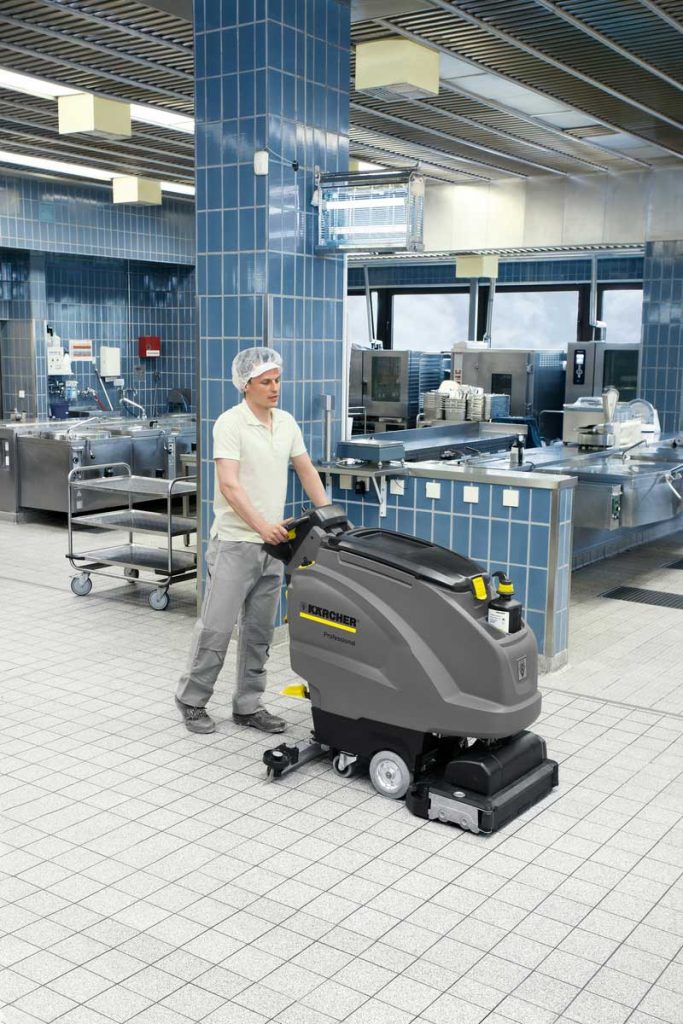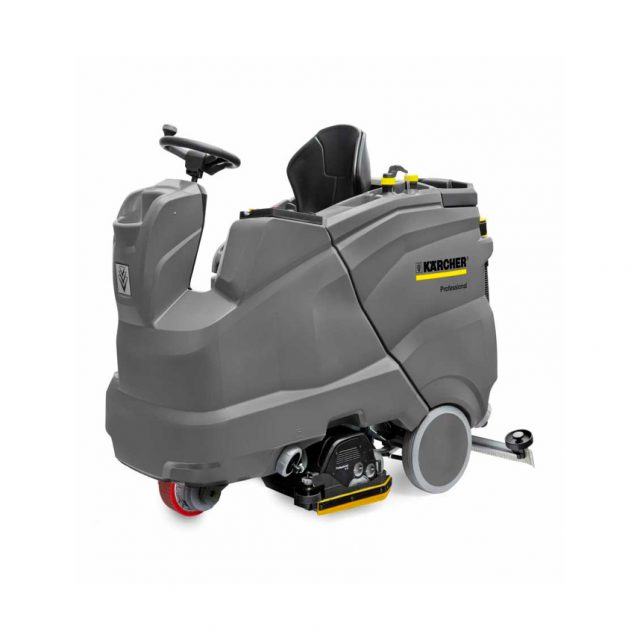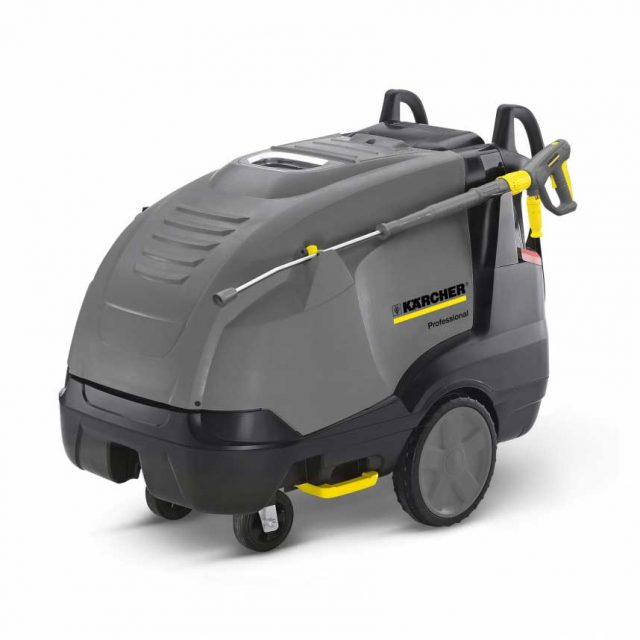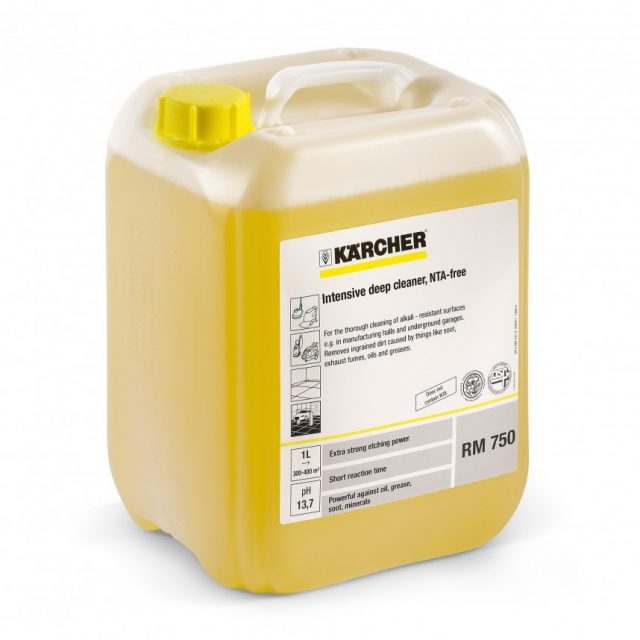In this article we look at how scrubber dryers, pressure washers, steam cleaners and commercial cleaning detergents can help effectively clean a commercial kitchen.
What are the HACCP guidelines about cleaning?
To start with, it is important to understand the HACCP guidelines. HACCP stands for Hazard Analysis Critical Control Point and is a quality tool that aims to create preventative measures and reduce risks around the production of food. The aim is to reduce the risk of illness or injury to customers.
These rules are designed to ensure hygienically safe food and cover both the kitchen and associated rooms which include storage rooms and refrigeration areas. It also refers to both surfaces and walls but also machines and equipment inside the kitchen.
The cleaning schedule
Because different areas and machines have different cleaning requirements and schedules, then the best way to proceed is to create a cleaning schedule. This then needs to be displayed somewhere prominent so everyone can see what needs doing and what was done when.
The schedule needs to include the four following things:
- What has to be cleaned such as machines, surfaces and floors
- When it must be cleaned such as after use, every day or once a week
- What it must be cleaned with including the cleaning agent and the dose to use
- Who must clean it (known as the responsible worker)
There needs to be a clear log and documentation including a responsible worker signature for each task. It is also important to understand that cleaning and disinfecting are two different things:
- Cleaning = remove dirt and contamination including undesirable substances, product residue, microorganisms and any residue from cleaning or disinfecting products
- Disinfection = chemical and physical processes needed to remove microorganisms in a way that isn’t hazardous to health or that risks damaging the quality of food prepared
How to effectively clean a kitchen
Cleaning a commercial kitchen effectively takes a bit of knowledge and the right equipment and cleaning products.
Washing the walls
Most kitchens will have walls covered with tiles or other protective surfaces that make them easy to clean with a high-pressure cleaner. The ideal solution is to use high pressure with a foam nozzle or cup foam lance.
With this process, the special cleaning product and air combine in the nozzle to generate a foam with a high-pressure jet. The foam can be applied to the walls at a distance of around 1-2 metres and it is best to work from bottom to top with a large ejection width setting.
By working this way, you can see where the cleaning agent has been applied. The foam stays in place longer than a normal cleaning product so its effectiveness is increased. But still, only use the amount of foam needed for the areas you want to clean as this avoids excess foam sliding down and pudding on the floor.
It is best practice to alternate between acidic and alkaline cleaning products to remove the most microorganisms. With acidic cleaners, always rinse tile joints with water first to stop the acid soaking into grouting and damaging it.
Washing the equipment
Some equipment in the kitchen requires the use of high-pressure cleaning to get it effectively clean. Using a high-pressure gun allows the efficient cleaning of equipment without the machine operator becoming soaked.
When there are electrics to contend with, a very short lance (250mm) or a short spray unit with a power nozzle is the best option. This attaches to the high-pressure gun and allows for better control.
Steam cleaners are also another way to wash equipment in the kitchen. With this, steam exits in very fine droplets at temperatures of 100 degrees and a pressure of 3-4 bar. They also move at a consideration speed – 170km/h! The benefit to this is that the steam can reach crevices and folds that are otherwise hard to reach.
Steam cleaning can be used on things like front panels of dishwashers and cookers, control knobs, grooved surfaces and areas of the fridge or freezer. Industrial steam cleaners also provide a chemical option to use on heavily soiled areas. Some come with self-rinsing programs that remove dirt as well as cleaning.
Washing the floor
Of all the areas of the commercial kitchen that need cleaning, the floors can be the most challenging. Not only is there the need to clean but also the need to stay safe while doing it. Modern commercial kitchens have a range of measures to reduce slippage including anti-slip floors and displacement nubs to stop water pooling.
The best way to approach floor cleaning is with a surface cleaner with a rotating nozzle bar. These are set in offset positions so water is applied at high pressure and dirt is removed. The bristle rink then stops water flying up to walls and fittings.
Scrubbers or scrubber driers are single disc or rollers that can also be used on floors. Single disc scrubbers are more demanding for the user as they need to be constantly moved from side to side. Roller machines have counter-rotating rollers that are easier to work with and less liable to cause damage to surrounding areas.
Roller machines are also popular as they have a high contact pressure and allow for deep cleaning, especially in crevices and awkward spots. Dirt doesn’t stick to them due to their high-speed movement. Some compact machines also have a suction function to reabsorb dirty water so the floor is instantly dry and safe.
How to prevent accidents when cleaning
Tiles that are used in workspaces such as commercial kitchens need to have an anti-slip rating of R9-13. If you aren’t sure if a surface has this, wear protective shoes and stand on a sloping surface where oil has been applied. The higher the R rating, the less you will slip and the higher the degree of the slope can be while remaining safe.























